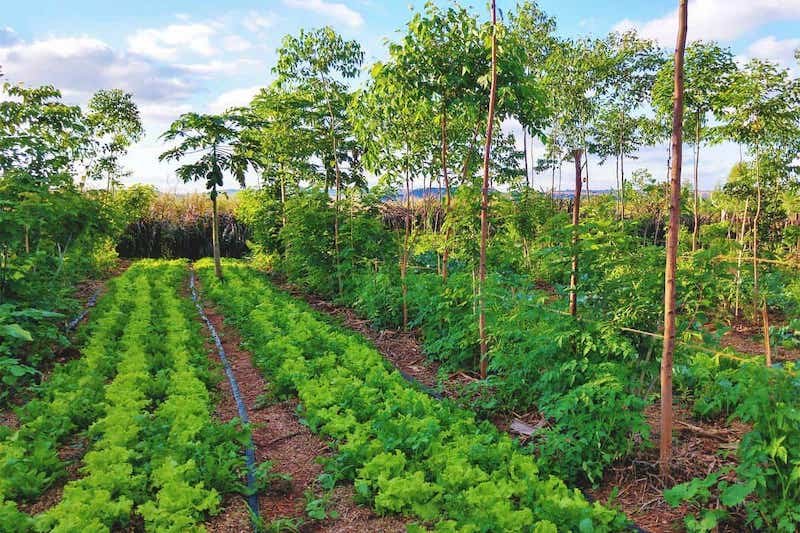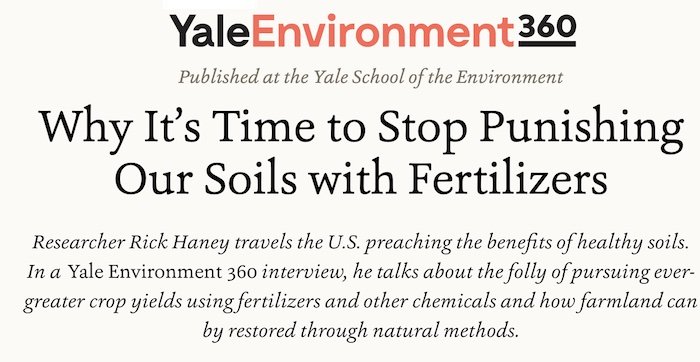Team 5: Regenerative Farming, Permaculture, Agroecology, Organics & Healthy Soil
What are the Differences Between Organic Farming, Regenerative Agriculture, Permaculture and Agroecology?
Organic Farming: does not use synthetic pesticides, fertilizers or GMOs. Uses things like cover crops, manure, crop rotation and natural pest controls like neem oil to control pests and maintain soil health. The word “organic” is clearly defined and officially protected. It can only be used on a product if specific guidelines and certifications are met. Link to info.
Regenerative Agriculture: focuses on soil health, biodiversity and the water cycle by using cover crops, managed grazing, reducing tilling (breaking up the soil), planting wide variety of crops, etc. to close the carbon cycle. Many who practice regenerative agriculture do not use synthetic pesticides, fertilizers or GMOs.
At this time there is no certification for regenerative agriculture which leave it open to greenwashing. Link & link to info.
Permaculture: land management working with natural ecosystems to provide diversity, stability, and resilience. Link to info.
Agroecology: philosophy for food systems that balances plants, animals, people and the environment to sustainably grow food while protecting soil, biodiversity and social equity. Includes things like permaculture, regenerative agriculture, organic farming and food forests.
At this time there is no certification for agroecology which leave it open to greenwashing.
Link & link to info.
Agroecology: Policy Pathways to a Pesticide-Free Future
Pesticide Action Network International hosted policymakers from Africa, Asia, Latin America, and Europe on transitioning from dependence on pesticides to agroecology
“…pesticides were found to harm organisms critical to maintaining healthy soils—harms that have never been considered in the EPA’s safety reviews. Pesticide-intensive agriculture and pollution are driving factors in the precipitous decline of many soil organisms, such as ground beetles and ground-nesting bees. They have been identified as the most significant driver of soil biodiversity loss in the past decade.”
“…pesticides widely used in American agriculture pose a grave threat to organisms that are critical to healthy soil, biodiversity, and soil carbon sequestration to fight climate change. We found that in 71% of cases studied, pesticides kill or harm soil invertebrates including earthworms, ants, beetles and ground nesting bees.”
“The use of cover crops in organic grain systems has many potential benefits,” says study coauthor Sarah Isbell, PhD. “These include improvements in soil quality, increased nutrient retention, prevention of erosion, and suppression of weeds. In organic systems where synthetic inputs are not used, cover crops can be managed to reduce nitrate leaching through soils and supply nitrogen to cash crops.”
Permaculture Ethics & Principles
Organic farming compared to conventional farming in a 40 year study. Link to study
“Essentially, all life depends upon the soil. There can be no life without soil and no soil without life…” Dr. Charles Kellogg, soil scientist, USDA, Chief of Bureau Chemistry & Soils in 1938.
Healthy soil can grow healthy food, holds more water and absorbs carbon (a Greenhouse gas.)
Healthy soil increases biodiversity, enhances the ecosystem and increases resilience to climate change.
Topsoil is the top layer of soil, usually 5 to 10 inches. It has the highest concentration of organic matter and microorganisms and is where most biological soil activity occurs.
Conventional farming relies on pesticides which destroys all the organisms in the topsoil. All the beneficial microorganisms in the soil are what make the nutrients and minerals available to plants so they can grow healthy and strong. Pesticides stop this natural process from happening, so farmers have to use fertilizers.
* Click on Links Below:
* Stop Toxic Pesticides
* Stop PFAS & Toxic Chemicals
* Get the Lead Out
* Synthetic Turf Toxic Chemicals





















